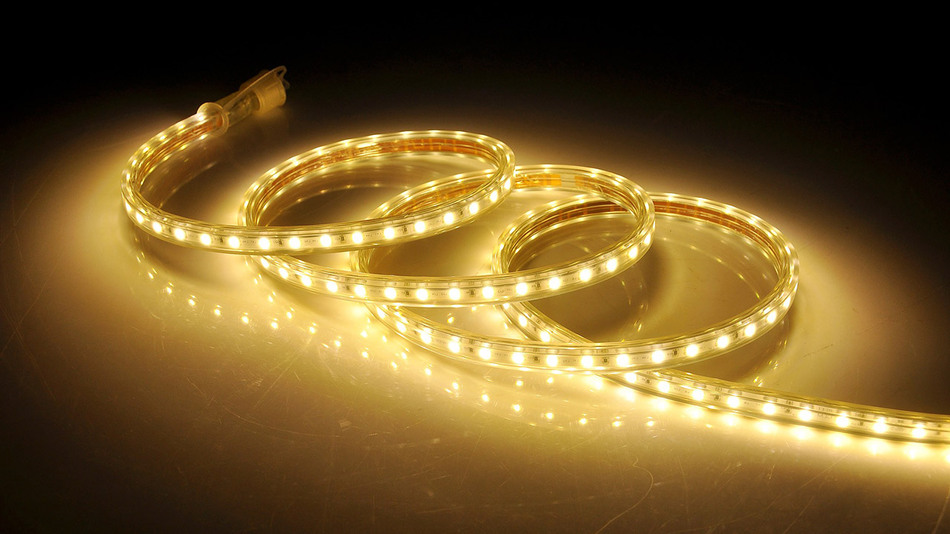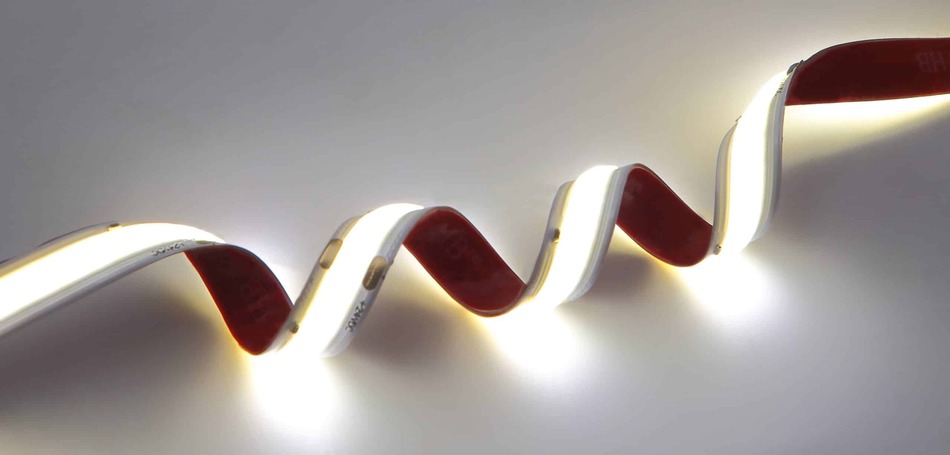Differences and Characteristics of Flowing Light Strips and RGB Light Strips
Flowing Light Strips and RGB Light Strips are two common types widely used in the lighting and decoration fields. While both can provide colorful lighting effects, they have significant differences in terms of principles, control methods, and applicable scenarios. This article will delve into the differences between Flowing Light Strips and RGB Light Strips, as well as their respective characteristics and applications.

Flowing Light Strips:
Flowing Light Strips (also known as color-changing light strips or gradient light strips) are lighting devices that create a continuous gradient color effect. They achieve this effect by controlling the on/off state and color changes of LED chips through a built-in electronic controller, following a predetermined program. The main characteristics are as follows:
Single-color Flowing Light Strips: Can only present a gradient effect in a single color, typically red, green, blue, or other basic colors. Multi-color Flowing Light Strips: Can simultaneously display multiple colors in a gradient effect, usually achieved by mixing red, green, and blue LEDs. Built-in Controller: Flowing Light Strips typically have a built-in controller, allowing mode switching and brightness adjustment through external devices such as remote controls or control panels. Applicable Scenarios: Widely used in indoor decoration, stage performances, hotels, shopping malls, and other places that require dazzling effects.

RGB Light Strips:
RGB Light Strips are lighting devices that utilize a combination of red, green, and blue LEDs. By controlling the brightness and mixing ratios of the three colors, various colors and lighting effects can be achieved. The main characteristics are as follows:
Three-color Control: RGB Light Strips adjust colors by independently controlling the brightness of red, green, and blue LEDs, enabling a wide range of color combinations. External Control: RGB Light Strips typically require external control devices such as controllers or dimmers to adjust colors and brightness. Applicable Scenarios: Widely used in architectural lighting, landscape illumination, commercial venues, stage performances, and other places that require vibrant lighting effects.
In summary, Flowing Light Strips and RGB Light Strips have their own unique characteristics in lighting and decoration applications. Flowing Light Strips achieve color gradient effects through built-in controllers and are suitable for places that require flowing and changing effects. On the other hand, RGB Light Strips offer a wide range of color options by mixing red, green, and blue colors, making them ideal for places that require precise color control. When choosing light strips, it is essential to consider specific needs and scenarios to achieve the desired lighting and decorative effects.





